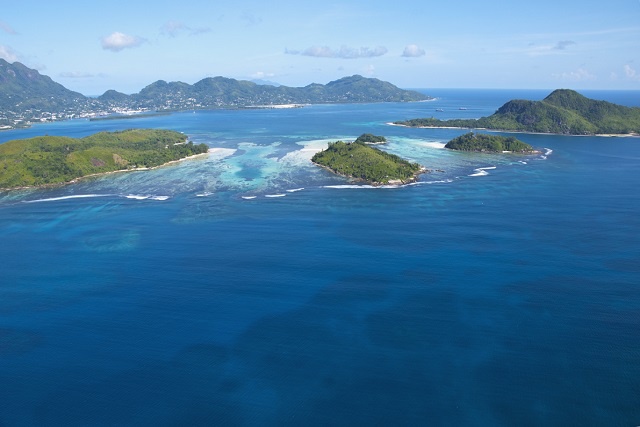The French connection to Seychelles' 6 largest granitic islands
(Seychelles News Agency) - What’s in a name? When it comes to the Seychelles archipelago in the western Indian Ocean, that name is likely influenced by the French in one way of another.
Although this island nation has a multitude of cultures -- European, Asian, African -- the French have left their imprint from the name of the archipelago formerly ‘Sechelles’-- anglicized to what we know as Seychelles today -- to many among the 115 islands.
Let’s look at the French connections to Seychelles' seven largest granitic islands, in order of their sizes.
1. Mahé
Named after Bertrand-Francois Mahé de La Bourdonnais, a French governor of Mauritius, at 157.3 square kilometres Mahé is the largest island in the Seychelles’ archipelago. It hosts the capital Victoria, the international airport and around 86 percent of the country’s total population.
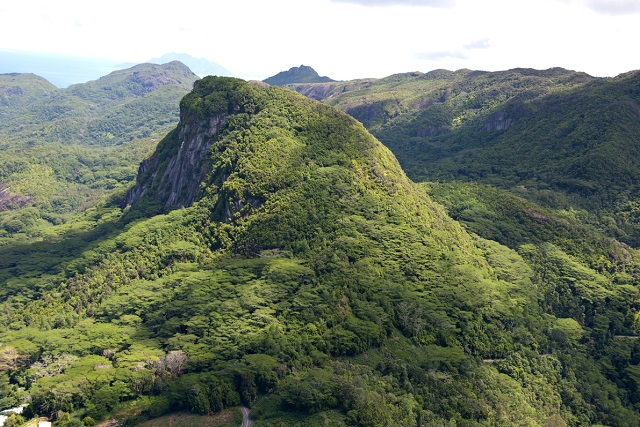 |
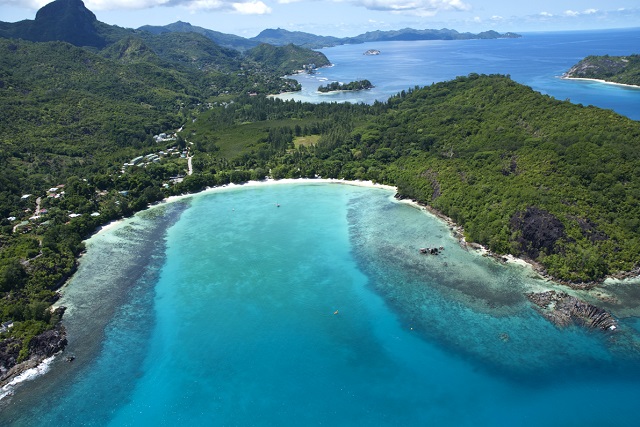 |
| (Gerard Larose, Seychelles Tourism Board) Photo License: CC-BY |
2. Praslin
First named Isle de Palmes by French explorer Lazare Picault, it was renamed Praslin after a French diplomat -- César Gabriel de Choiseul -- duc de Praslin.
Praslin is the second largest – 38.5 square kilometres -- and hosts the well-known coco-de-mer – the world’s largest nut.
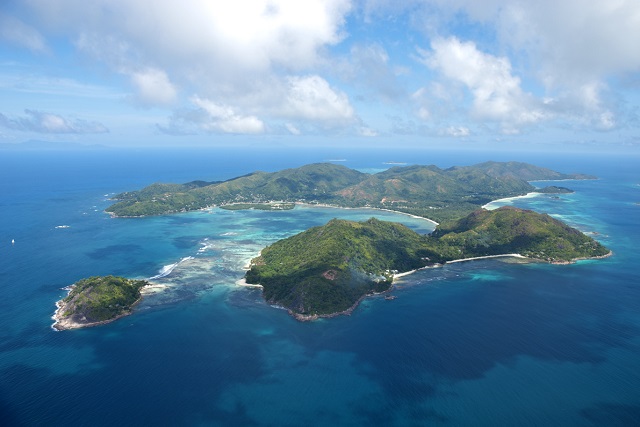 |
| (Gerard Larose, Seychelles Tourism Board) Photo License: CC-BY |
3. Silhouette
The island got its name after French minister of finance Etienne de Silhouette under King Louis XV.
It is the third-largest in the granitic island group -- 20.1 square kilometres and hosts the second highest peak of the archipelago -- Mont Dauban of 780 metres.
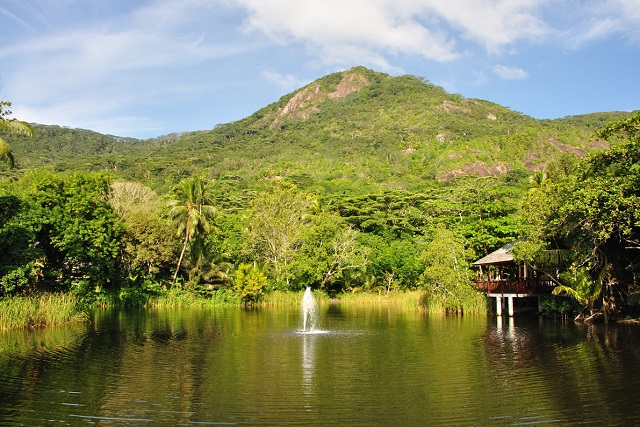 |
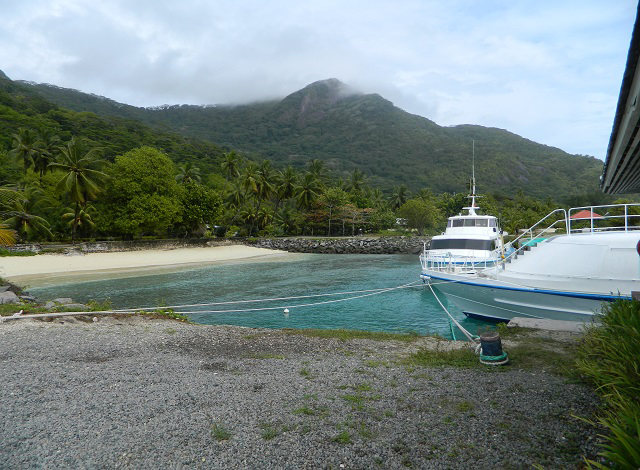 |
| (Photo 1: Gerard Larose, Seychelles Tourism Board & Photo 2: Seychelles News Agency) Photo License: CC-BY |
4. La Digue
The island has the name of a ship as part of the fleet of French explorer Marc-Joseph Marion du Fresne who visited Seychelles in 1768.
It is the third-most populated island with an area of 10.08 square kilometres.
It is well known for one of the most photographed tropical beaches in the world -- Anse Source d’Argent.
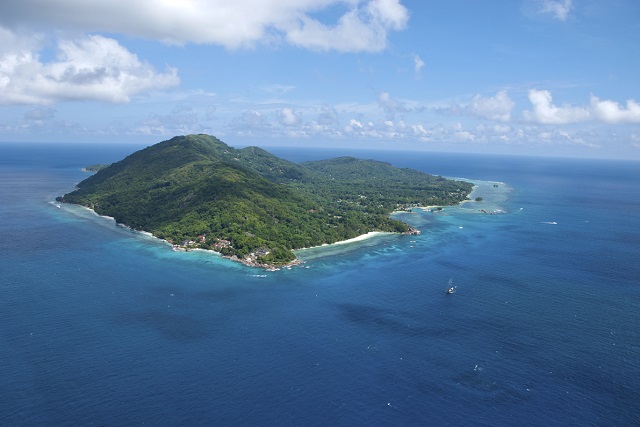 |
| (Gerard Larose, Seychelles Tourism Board) Photo License: CC-BY |
5. Curieuse
Known as “Ile Rouge" because of its red-coloured soil, it got its name after a French schooner "La Curieuse" of French explorer Marc-Joseph Marion du Fresne.
The island – 2.86 square kilometres -- used to be a leper colony.
Curieuse is now a Marine National Park and apart from Praslin, the only place where the coco-de-mer grows naturally.
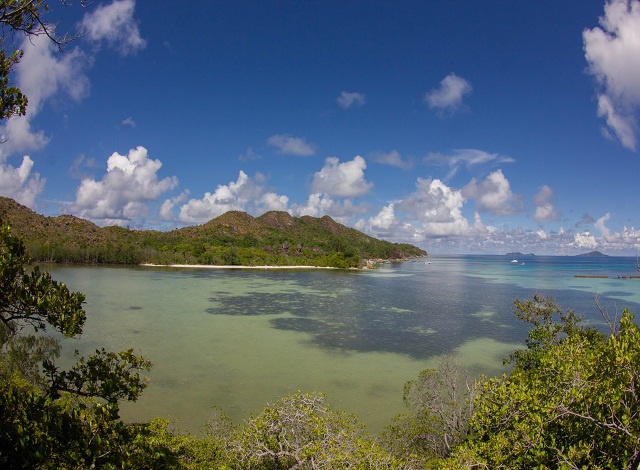 |
| (GVI Curieuse) Photo License: CC-BY |
6. Frégate
It was given its name by French explorer Lazare Picault after the abundance of the frigate birds on the island.
Only 2.07 square kilometres, the island is privately owned under the name Fregate Island Private.
As part of the Oetker Collection’s for luxury resort which funds environmental programme to restore habitat and protect rare species, the island hosts a bird sanctuary which has some of Seychelles rarest birds.
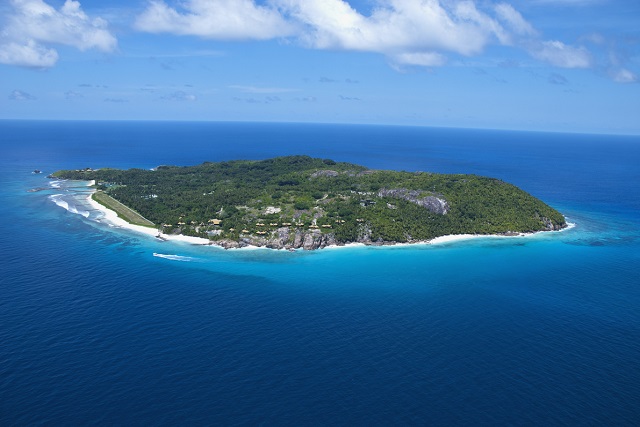 |
| (Gerard Larose, Seychelles Tourism Board) Photo License: CC-BY |

